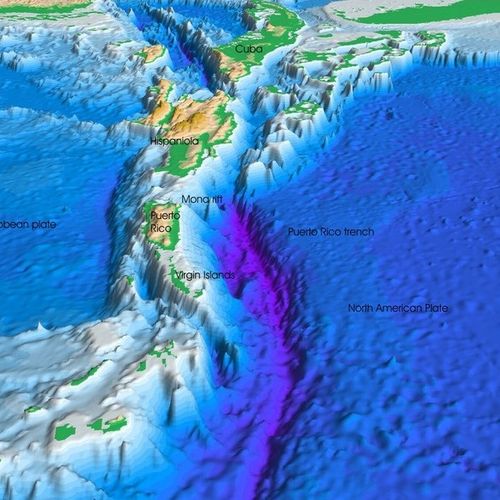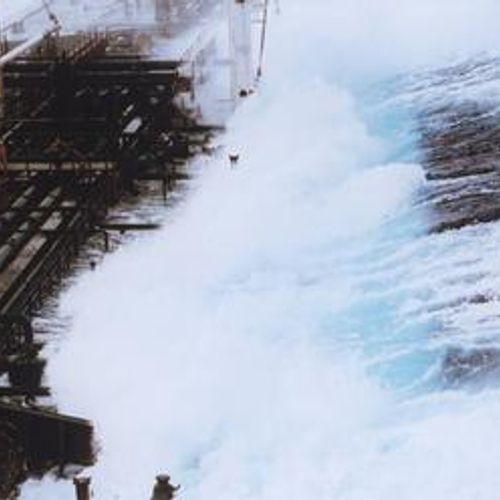
| Added | Fri, 17/03/2023 |
| Источники | |
| Дата публикации | Fri, 17/03/2023
|
| Феномены |
On the border of the Caribbean Sea and the Atlantic Ocean is a deep depression of Puerto Rico. A few kilometers above it, the ocean surface is slightly lowered due to a gravitational anomaly.
If you drop an object there, it will fall a little faster than anywhere on the planet or in the vicinity. Meanwhile, the anomaly could disable navigation equipment, leading to false readings for sailors in the area.
When were gravitational anomalies first discovered?
In 1671, astronomer Jean Richter traveled from Paris to Cayenne (South America). He took a pendulum clock with him. While in Paris the clocks were accurate, he noticed that in Cayenne they go slowly, losing as much as two and a half minutes every day. It's okay, the pendulum has been shortened to make the clock accurate. However, when he returned to Paris, he found that the clock was going too fast, by two and a half minutes every day.
After hearing about the Richter clock, mathematician Christian Huygens realized that this was an experimental proof of the rotation of the Earth. Later, Newton showed, using data from similar pendulum clocks and the equatorial bulge of Jupiter, that the Earth is convex at the equator due to the centrifugal force of its rotation, and estimated how much.
Near the equator, gravity affects you less than near the poles, because you are farther away from the main mass of the Earth.
However, the gravity in the Puerto Rico depression is different from the surrounding area. This, along with several other similar gravitational anomalies on the planet.
What is a gravitational anomaly?
Gravitational anomalies are when an object observed in free fall accelerates at a speed different from the speed predicted by gravity models for that location.
In the Puerto Rico depression, gravity was -380 milligals, making it the largest negative gravity anomaly on Earth. Elsewhere in the Indian Ocean, gravity turned out to be the lowest compared to expected.
What causes the gravitational anomaly of the Puerto Rico Depression?
In 1977, geophysicist Peter Molnar tried to figure out what causes this unexpected downward force. He knew the probable source: something huge and dense must be under the surface.
In an article published in the Geophysical Journal International, he explained that previous gravity models assumed that the thickness of the earth's crust (lithosphere) was fairly uniform. After examining the area, he realized that this was not the case, and that the anomaly was probably caused by a large "hanging flap" of the Atlantic lithosphere.
"Thus, the residual gravitational anomalies are consistent with the existence of a subcortical dense mass, which may be a hanging plate of the lithosphere," Molnar wrote in the study.
Although Molnar was not the first to explain the gravitational anomaly in this way, he was able to provide estimates of the mass and size of the object causing the gravitational anomaly.
Новости со схожими феноменами
Log in or register to post comments









